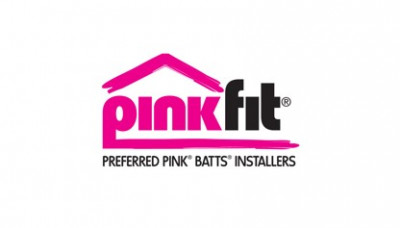
Hit enter to search or ESC to close
How Insulation Works
A basic law of physics is hot things get colder, cold things get hotter, and they eventually end up the same temperature. In winter, the heat inside an un-insulated home will escape outside and in summer, the heat outside will flow inside. Insulation is a barrier to heat flow. Tiny air particles trapped in insulation resist the transfer of heat (and cold) keeping house at comfortable and healthy temperature all seasons.
Did you know an un-insulated home uses up to 30% more energy to heat than one with correctly installed insulation?
Insulating your home is the most effective measure you can take to keep your home comfortable year-round and save money on energy bills.
To understand how insulation works it is helpful to understand how heat is transferred. Heat is transferred in three ways:
- Convection: Is the process by which heat travels through air, water and other gases and liquids. A good example of this is air moving in a fan forced oven to create an even temperature.
- Conduction: Is the process of heat transferring through the material of a substance without movement of the material. A good example of this is the handle of a cast iron skillet getting hot without being in direct contact with the element.
- Radiation: Is energy emitted from a surface that can be felt by another surface without direct contact. A good example of this is the heat felt from the sun when standing out from the shade.
So, to create a great thermal insulation product you need to have a product that can combat heat transfer from all three mediums.
R-value and insulation
Heat can pass through any material, but some materials are more resistant to heat flow than others. Good resistance equals good insulation. That’s when R-value becomes important.
What is an R-value?
An R-value is a rating which measures how well insulation can resist heat flow. ‘R’ stands for thermal resistance. R-value level depends on several things such as the type of material, its density and thickness. The higher the R-value, the better the insulation is at reducing heat flow. This means, for example, that Pink® Batts® Ultra® R4.0 insulation is more effective than Pink® Batts® Classic R1.8 insulation.
This is also referred as insulation R-value. Construction R-value on the other hand are for the complete building element (such as the roof or wall), not just the insulation product.
Construction R-values are for the complete building element (such as the roof or wall), not just the insulation product. Consider thermal bridging, cladding and other factors; and R-value of the insulation itself is not the same as the final construction R-value.
Are all insulation product the same?
No, different insulation products have different R-values. Some materials insulate better than others and others need increased thickness to reach the same R-value as a better insulating material.
Why glass wool insulation?
The benefit of glass wool insulation is that the fine fibres have low heat conductivity. Because the fibres are short, they are layered through the product and the area where fibres intersect are minimal, which reduces the ability for heat to conduct along them.
The mat of fibres also traps air. This restriction of air movement reduces convection through the insulation. Radiation is prevented by the segment of insulation providing a physical barrier from the heat source.
Why is correct installation important?
Correctly installed insulation is a key factor in how well insulation works. Insulation's benefits can be decreased by a poor insulation job - gaps, tucks and folds decrease your insulation's effectiveness.
Using a professional installer can make all the difference.



